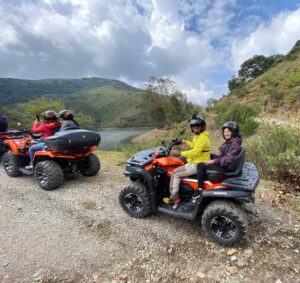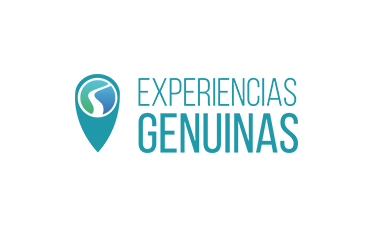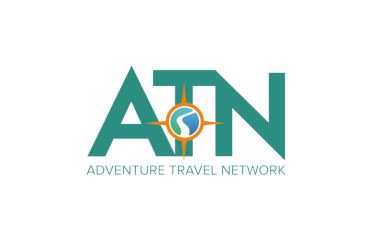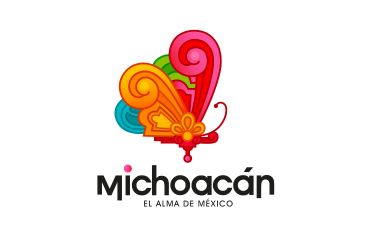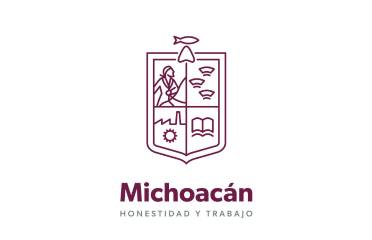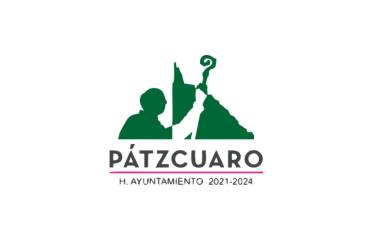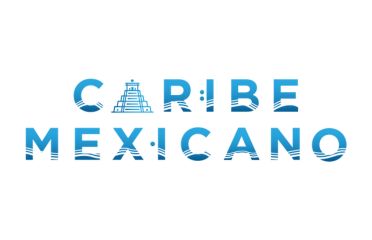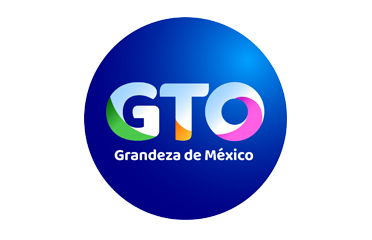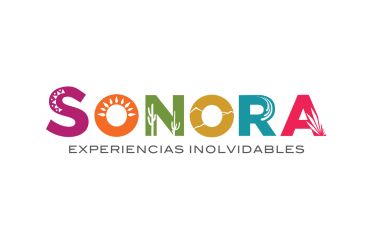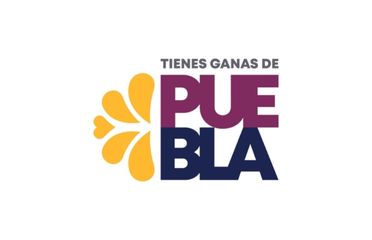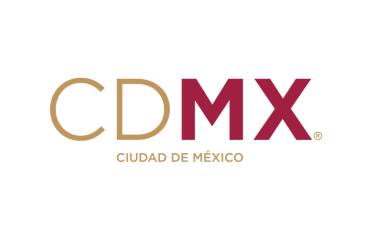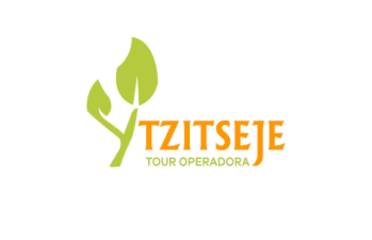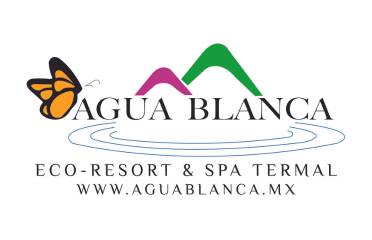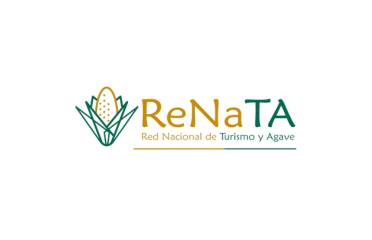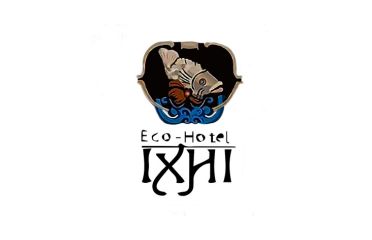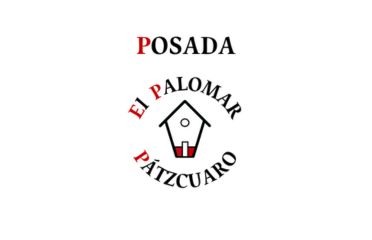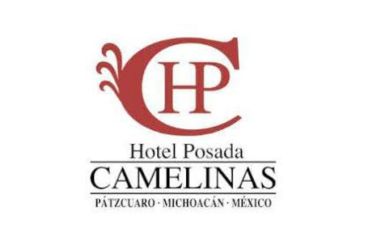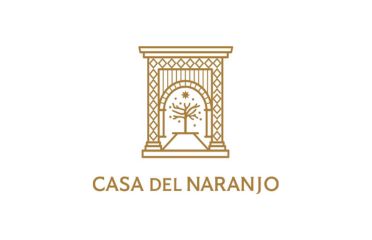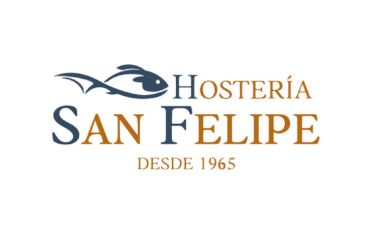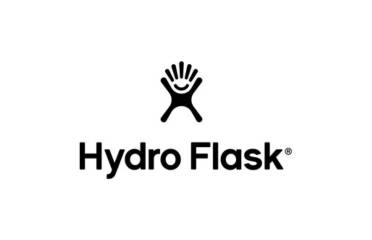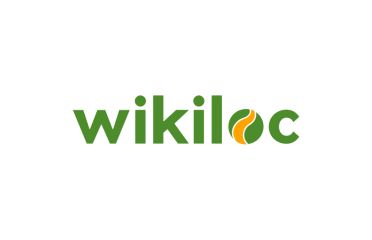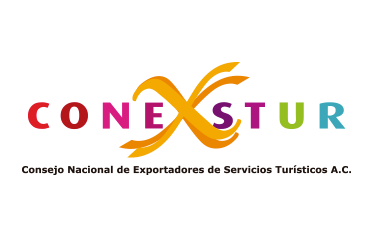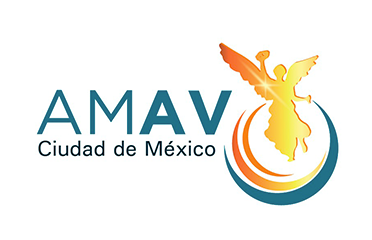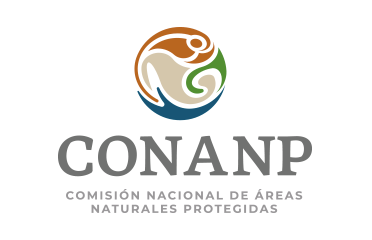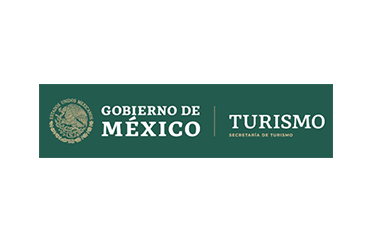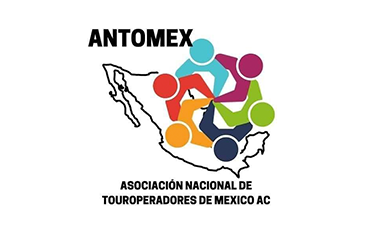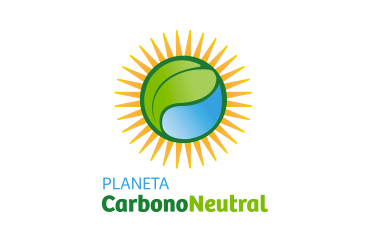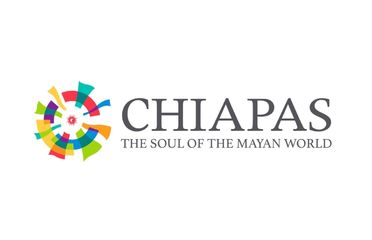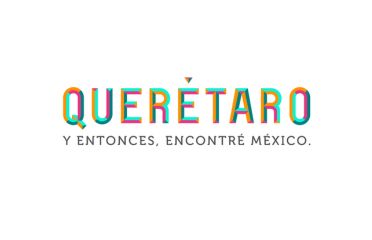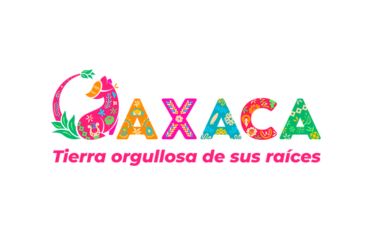It is increasingly common to hear opinions and read messages about the common concern generated by water scarcity and other environmental problems. In recent years, it has become more common to hear about mental and emotional health conditions derived from environmental problems such as solastalgia or ecoanxiety.
And although these definitions sound like some new millennial term to describe a cultural trend, it is something real and worrying.
“The impact of climate change is aggravating the already extremely complicated situation of mental health and mental health services globally,” Dévora Kestel WHO
The planet is made up of millions of interrelated systems that have maintained a certain ecosystemic balance for thousands and millions of years and although the transformation of ecosystems is something natural, the rapid and aggressive way in which it is occurring right now is not. The environmental impact of the human footprint and its production and consumption systems are undeniable. The Holocene is over.
The change is evident, in a matter of years or months we can observe the profound change that the ecosystems suffer, it is necessary to remember with nostalgia a few years ago to realize that some of the forests and rivers have been worn out or disappeared.
Of all the environmental problems that exist, water scarcity is one of the most worrying. “2.2 billion people lack access to safely managed drinking water services.” (WHO/UNICEF 2019)
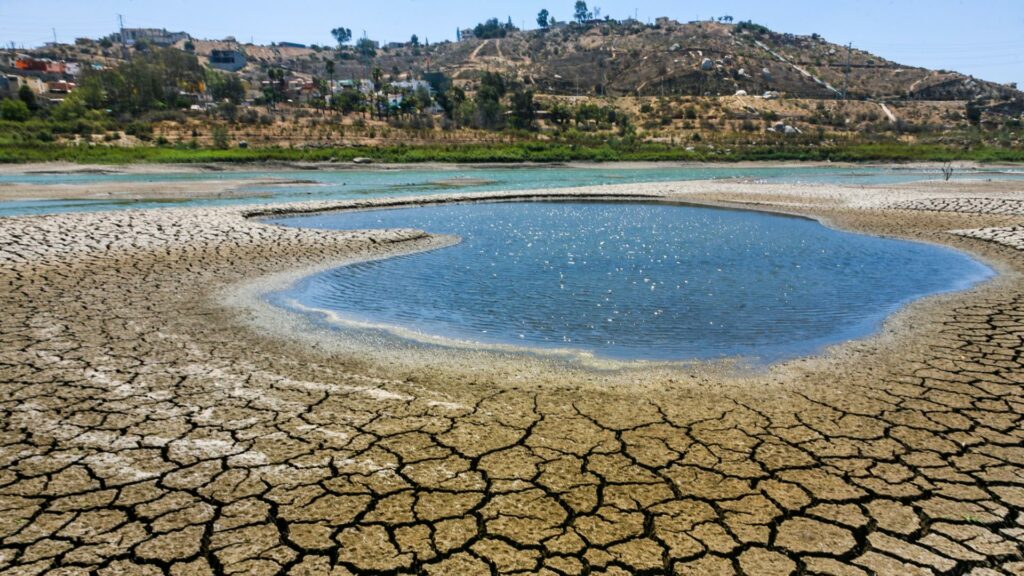
In Mexico, the problem is alarming: “More than 35 million Mexicans live with extreme water scarcity; above 43 million with low availability.” Agustín Breña 2007.
“The figures on the state of water in Mexico reveal a worrying scenario. Of the 210 dams nationwide, five are completely dry and 23 are operating below 10 percent of their capacity.” Proces0, 2024
According to official sources, due to the droughts of recent years, day zero (Day when the government cannot guarantee access to water for its inhabitants) in Mexico City, may arrive in the month of June 2024.
The problem has multiple causes like the growth in demand for agricultural products, the contamination of freshwater bodies, the modification of natural channels and the destruction of recharge and containment areas in the highlands. The problem does not have a single cause and massive and uncontrolled tourism only aggravates the situation.
Tourism is an industry made up of different activities and services that depend on access to water. Tourism implies that people move and consume resources in a place other than where they live, this causes that in the most popular and saturated tourist destinations, the consumption of water and other services increases considerably, on the other hand, access to resources among Tourists and locals do not always occur symmetrically.
According to wearwater.org, tourism constitutes only 1% of global water consumption, however, the tourism industry has a very considerable influence on some destinations, as it increases the demand for food consumption, cleaning, production of inputs and operation of tourist attractions and amenities. “A tourist spends between three and four times more than the resident: between 300 and 400 liters a day” G Delacámara.
This is without considering that in some cities, hotels and areas intended for tourism have preferential access to water, while other areas where local populations live (many of them who work in service positions within tourism) do not have the same access. to water in quality and quantity.
According to figures from the Ministry of Tourism, Mexico received 38.3 million tourists in 2022, and this amount is concentrated in a small number of destinations nationwide, this implies enormous pressure for some territories and their resources.
Despite these problems, tourism can be a tool to promote awareness and conservation of territories and their resources, the problem is not the industry or tourists, the problem lies in distribution, diversification and responsibility with which tourism is carried out.
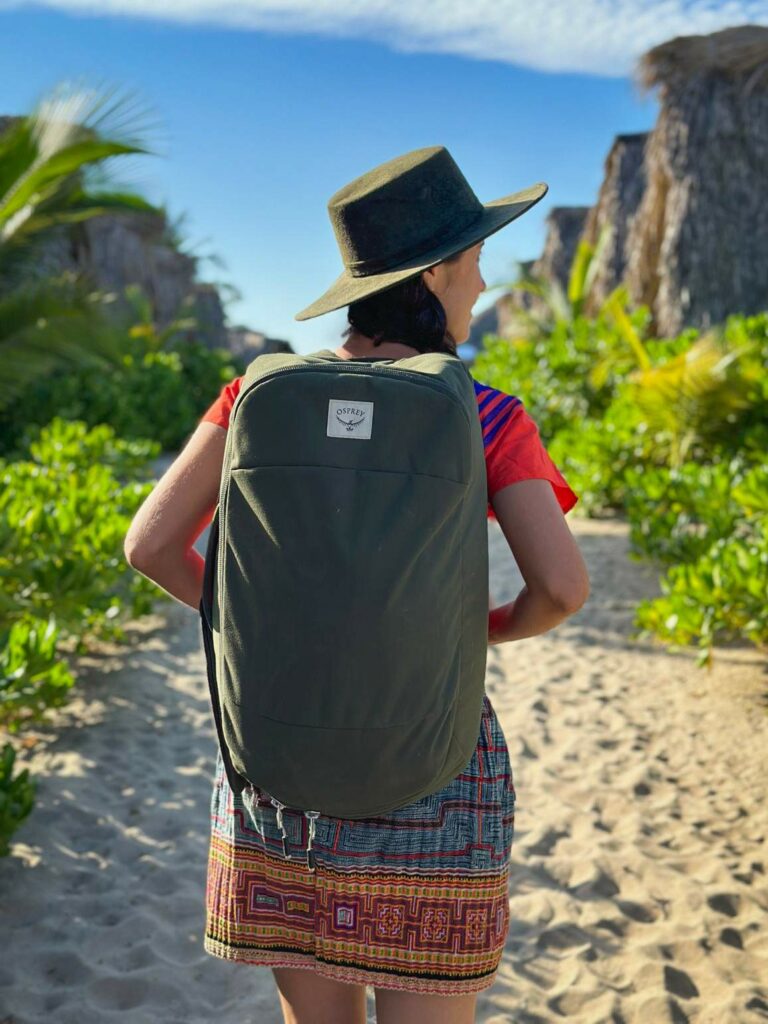
Adventure and nature tourism is an effective alternative to promote the best use and distribution of resources. This type of tourism promotes visits to less urbanized destinations, encourages visits to communities and regions further away from urban centers and with less pressure. In addition, adventure and nature tourists tend to travel with greater awareness and responsibility, they are willing to reduce their environmental footprint and tend to stay longer in the same destination, reducing the impact generated by mass and short-stay tourism, reducing their transfers and the consumption of resources involved in moving from one place to another.
As tourism managers and operators we have a great responsibility, but also an enormous opportunity. We can be agents of change by designing, planning and offering tourist experiences that focus on sustainability and responsible use of water resources.
We can promote initiatives such as the installation of eco-techniques and mechanisms to control the use of water in our facilities, to signage and education campaigns that can convey to visitors and other operators about the importance and dependence we have on healthy and abundant water systems. .
The problem is multifactorial, the solutions must be collective and citizen-based. We are responsible for taking our tourists to live unique, genuine and profound experiences and it is in this state and in this mood that people are most receptive and open to valuing, learning and conserving.
Let’s continue promoting sustainable tourism in natural environments.
Within the event of ATMEX 2024 in Michoacán, two allies have joined initiatives that promote responsible water consumption through the reduction of single-use bottles.
In addition to the problem generated by the production and disposal of single-use plastics and the way in which a large number of plastic bottles end up contaminating water sources, the production of bottled water has an enormous impact related to the consumption of water for its production. According to iagua.com, 3 liters of water are required to produce a one-liter bottle of water, that is, each liter of bottled water actually implies the consumption of 4 liters.
To contribute to the sustainable and responsible use of water as well as the reduction of single-use plastics, at ATMEX 2024 we will have different drinking water supply points in the event venues to facilitate hydration and refilling of reusable bottles and containers.
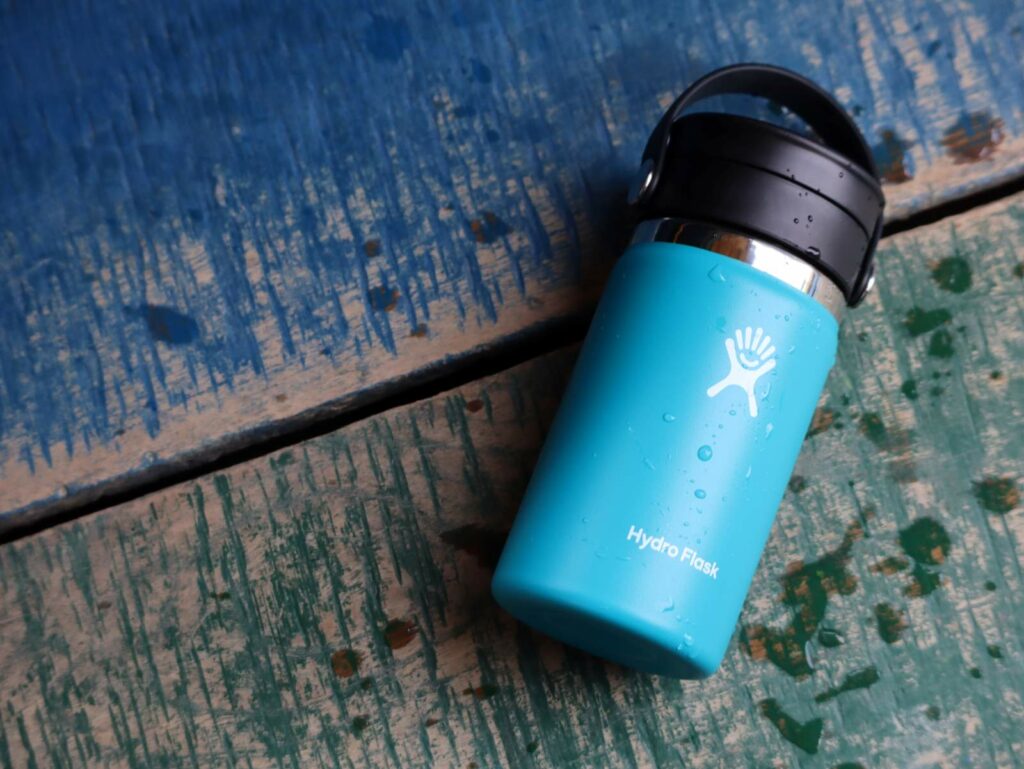
Also, the reusable bottle and thermos brand Hydroflask and ATMEX have joined forces to promote the use of reusable containers to reduce the consumption of single-use plastics. Hydroflask has a 20% discount code on selected items for all event attendees.

